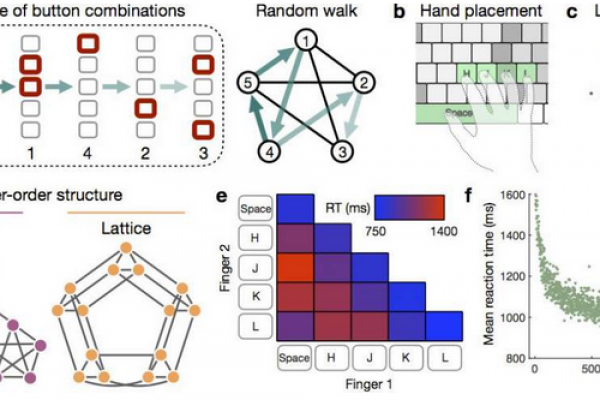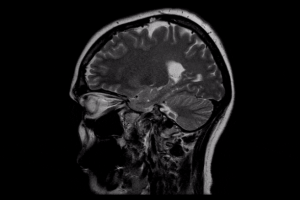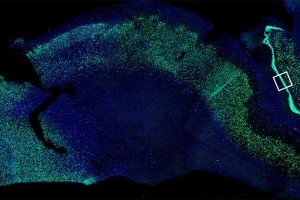Our ability to detect patterns might stem from the brain's desire to represent things in the simplest way possible
During their first year of life, infants can recognize patterned sound sequences. As we grow, we develop the ability to pick out increasingly complex patterns within streams of words and musical notes.
During their first year of life, infants can recognize patterned sound sequences. As we grow, we develop the ability to pick out increasingly complex patterns within streams of words and musical notes. Traditionally, cognitive scientists have assumed that the brain uses a complicated algorithm to find links between disparate concepts, thereby yielding a higher-level understanding.
Researchers at the University of Pennsylvania—Christopher Lynn, Ari Kahn and Danielle Bassett—are building an entirely different model, indicating that our ability to detect patterns might stem, in part, from the brain's desire to represent things in the simplest way possible.
Continue reading here.





Related Posts